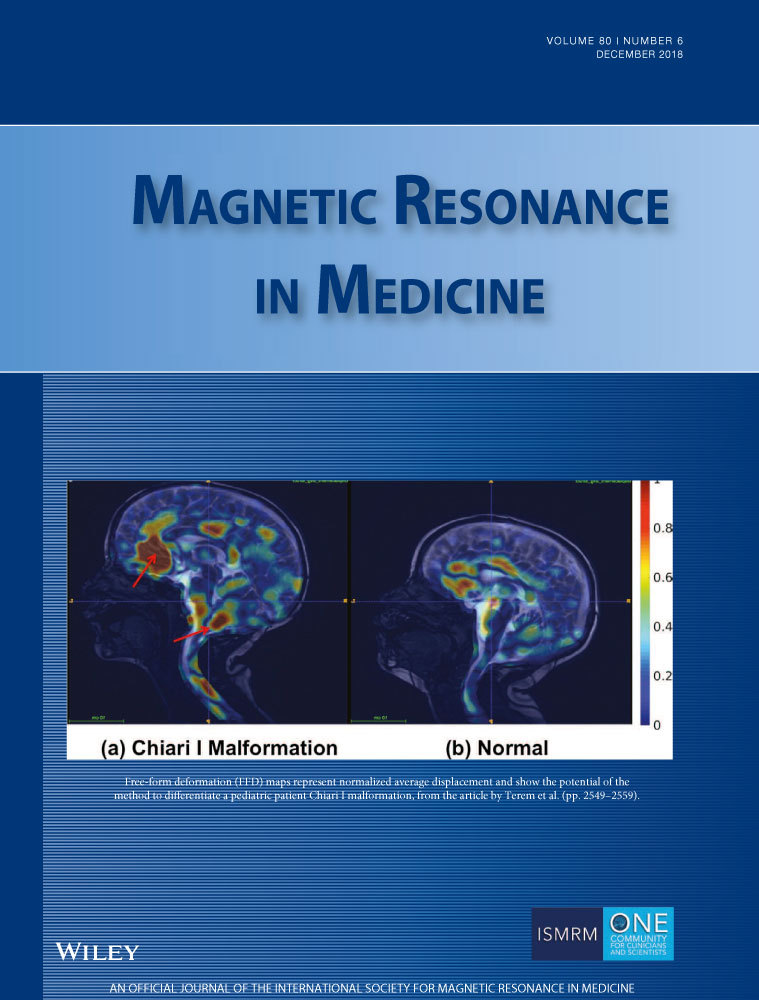Retrospective analysis of RF heating measurements of passive medical implants
Abstract
Purpose
The test reports for the RF-induced heating of metallic devices of hundreds of medical implants have been provided to the U.S. Food and Drug Administration as a part of premarket submissions. The main purpose of this study is to perform a retrospective analysis of the RF-induced heating data provided in the reports to analyze the trends and correlate them with implant geometric characteristics.
Methods
The ASTM-based RF heating test reports from 86 premarket U.S. Food and Drug Administration submissions were reviewed by three U.S. Food and Drug Administration reviewers. From each test report, the dimensions and RF-induced heating values for a given whole-body (WB) specific absorption rate (SAR) and local background (LB) SAR were extracted and analyzed. The data from 56 stents were analyzed as a subset to further understand heating trends and length dependence.
Results
For a given WB SAR, the LB/WB SAR ratio varied significantly across the test labs, from 2.3 to 11.3. There was an increasing trend on the temperature change per LB SAR with device length. The maximum heating for stents occurred at lengths of approximately 100 mm at 3 T, and beyond 150 mm at 1.5 T.
Conclusions
Differences in the LB/WB SAR ratios across testing labs and various MRI scanners could lead to inconsistent WB SAR labeling. Magnetic resonance (MR) conditional labeling based on WB SAR should be derived from a conservative estimate of global LB/WB ratios.




